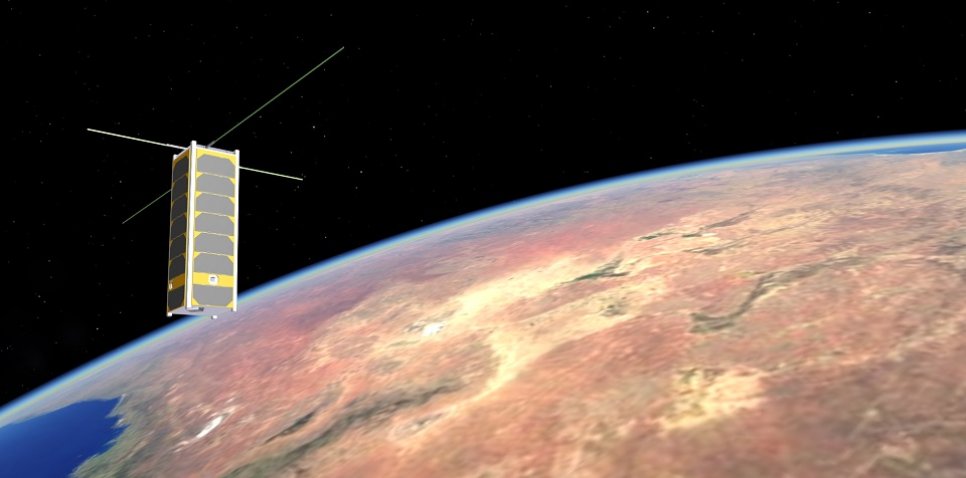In just one year’s time, students at Warsaw University of Technology are aiming to send the university’s next satellite, PW-Sat3, into space. They started work on the project in October 2018. They admit that they were inspired to act by the successes of their senior peers, the creators of PW-Sat, the first Polish satellite in space, and PW-Sat2, which successfully tested the deorbit sail as a potential solution to the problem of space debris.
PW-Sat3 will be 10x10x34 cm and weigh about 4 kg. This size corresponds to the CubeSat 3U standard, where one ‘U’ unit is about 10x10x10cm. PW-Sat and PW-Sat2 are CubeSats in 1U and 2U sizes respectively, although PW-Sat2 increased its dimensions significantly when the deorbit sail was unfolded.
The PW-Sat3 is being developed by a team from the Student Astronautical Circle, which is based at the Faculty of Power and Aeronautical Engineering at PW. It currently comprises more than 30 people from four faculties of the Warsaw University of Technology. Students from other Polish universities are also involved in the project.
Magdalena Mącik, coordinator of PW-Sat3, the latest satellite is largely a continuation of the tasks that accompanied the creators of previous PW satellites. It is to test solutions useful in the fight against so-called space debris.
However, Krzysztof Zając, PW-Sat3 project engineer, said that the main objectives of the mission are to test the cold gas propulsion system designed by PW students for orbit control.
‘The principle of cold gas propulsion is to release gas stored in a high-pressure tank through a nozzle. In this way, traction is generated, which allows users to alter the speed of the satellite and thus the parameters of its orbit,’ he stressed. Compared to standard engines of this type, the propulsion unit will differ in the presence of an additional heating chamber, in which the gas is heated before reaching the nozzle. This increases the efficiency of the engine’, assured Zając.
Adrian Andrzejewski





